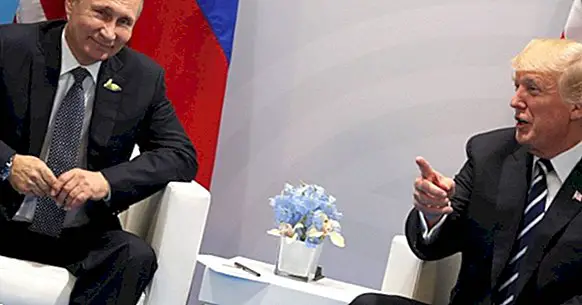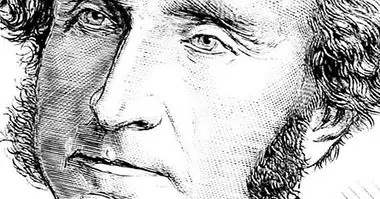Framing theory: what it is and how it explains our perception
The theory of framing emerges in interpretative sociology and moves quickly to cognitive psychology, in conjunction with linguistics. It allows us to understand how we access a version of reality through how information about that reality is presented.
In this article we will see what the framing theory is about, what its antecedents are, why it is important for cognitive psychology and how it has impacted political and communication sciences.
- Related article: "What is Social Psychology?"
What is the theory of framing or framing theory?
The theory of framing, or theory of frames (framing theory) uses the metaphor of the "framework" to analyze how mental processes (beliefs, perceptions, common sense) are structured in relation to language, and in turn, how they can be manipulated.
In recent times, framing theory has become a multidisciplinary paradigm very popular in the social and communication sciences . In particular, he has taken many resources from cognitive linguistics, which has allowed him to study how public opinion is constructed in relation to the information we receive from concrete devices such as the mass media.
The framing has one of its antecedents in interpretive sociology (which proposes that individuals' interpretation of reality occurs during the interaction). The term frame (meaning "frame" in English), was used by Gregory Bateson in an essay on the psychology of perception, where he says that any information defined as a "frame" is what provides the receiver with elements to understand the messages that are included within that frame.
- Maybe you're interested: "Cognitive psychology: definition, theories and main authors"
Does language work like a frame?
Words allow us to communicate because when we use them, we evoked a specific idea about something (whether we are the issuers or if we are the receivers). If we say the word "apple" in a group of Spanish speakers who know the apples, we will surely share a mental image very similar to a red edible sphere. Surely if we say "apple", we would not evoke the image of a pear or a tree.
This is because, within our cognitive system, words fulfill functions similar to those of a "frame"; understanding "frame" something that sets certain limits; it is an object that selects a certain information from among the total information available, and presents only that selection. This is how framing allows us to pay attention to one thing , to the detriment of another.
In other words, just like frames, words frame certain information, and allow us to recognize it, assimilate it and then share it.
The frame beyond the emitter
Among other things, the framing theory has allowed us to elaborate some explanations about how we establish communication with each other. That is, how is it that we manage to transmit and receive signals with a certain sense? Plus, what role do our cognitive schemes play in this process? : what ideas or perceptions are evoked from what words.
According to Ardèvol-Abreu (2015), in the communicative context of framing theory, there are four elements that are fundamental to understanding how the information framework is produced. These elements are the sender, receiver, text and culture.
This is because we can situate the frame not only in the person who issues the message (the sender) and in the person who receives it (the receiver), but it is also located in the information itself and in the culture where it is registered. For example, the media of journalistic communication, when presenting the information that interests us, they frame a reality from the moment they decide what will be and what will not be news .
- Maybe you're interested: "Cognitive schemes: how is our thinking organized?"
Impact and application in Political Science
Thus, framing theory refers to the creation of frames of language and meaning, which, in turn, it helps us to generate moral concepts, affirm values, evoke emotions , among other psychological processes that are important for our daily interaction.
More specifically, the creation of these frames of language and meaning is visible in how the mass media present us with certain information related to political issues, and from this they try to frame our psychological schemas.
The American linguist George Lakoff , in one of his most popular works, "Do not think of an elephant", tells us that framing is precisely about choosing the language that fits our vision of the world. But not only relates to language, but with the ideas that are evoked and transmitted.
Lakoff develops his work on framing political theory from wondering what the political stance - for example conservative - has to do with the positions that are assumed with events that seem unrelated (for example, abortion, environment, foreign policy), how does that gear come about? And ... what do our own positions have to do with how we understand this gear? These issues are those that could be addressed from the proposals of the framing theory.
Bibliographic references:
- Ardèvol-Abreu (2015). Framing or framing theory in communication. Origins, development and current panorama in Spain. Latin Magazine of Social Communication, 70: 433-450.
- Lakoff, G. (2007). Do not think about an elephant. Editorial Complutense, S.A .: Madrid.




















